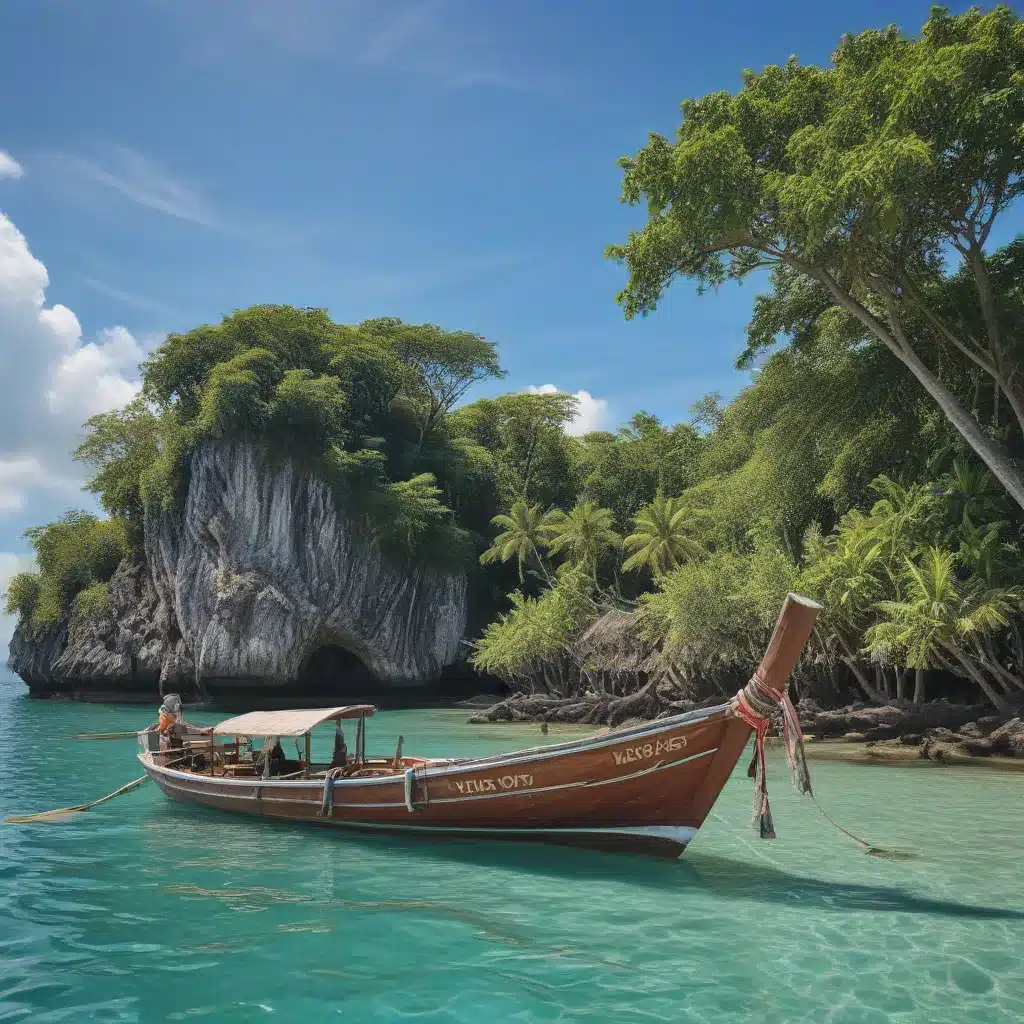
The Thrilling Tales of the Visayas Islands
Ahh, the Philippines – a land of a thousand islands, each one more captivating than the last. As an avid adventurer, I’ve had the immense pleasure of exploring the wondrous Visayas region, and let me tell you, it’s a veritable treasure trove of history, culture, and natural beauty.
So, strap in tight, because I’m about to take you on a journey through the captivating past of the Visayas islands. It’s a tale filled with daring seafarers, ancient civilizations, and more than a few surprises along the way. Trust me, by the time we’re done, you’ll be booking your flights to https://philippinegetaway.com/ faster than you can say “island hopping!”
The Rise of the Maritime Empires
Let’s start at the very beginning, shall we? The Visayas islands have long been the domain of seafaring peoples, with evidence of human settlement dating back thousands of years. These early inhabitants were skilled navigators, plying the waters between the various islands and engaging in vibrant trade networks.
One of the most prominent of these ancient maritime empires was the Visayan Confederation, a loose alliance of city-states that dominated the region for centuries. These were a savvy bunch, leveraging their strategic location and maritime prowess to amass wealth and power. Imagine the sight of their massive trading fleets, laden with exotic spices, precious metals, and all manner of rare goods, sailing between the islands.
But the Visayan Confederation wasn’t the only game in town. The neighboring Kedatuan of Madja-as was another formidable seafaring power, known for its impressive fleet of swift, maneuverable ships. These two powers would engage in fierce battles, vying for control of the lucrative trade routes that crisscrossed the Visayas.
It was a dynamic and ever-changing landscape, with alliances shifting, empires rising and falling, and the balance of power in constant flux. Truly, the Visayas was a veritable cauldron of activity, with each island playing a role in the grand drama that unfolded across the centuries.
The Arrival of the Spaniards
Now, as fascinating as the ancient maritime empires were, the story of the Visayas doesn’t stop there. Oh no, my friends, the plot thickens with the arrival of a new player on the scene: the Spanish.
In the 16th century, the intrepid explorers of the Spanish Empire set their sights on the Philippines, determined to claim this vast archipelago for the crown. And let me tell you, their first encounters with the fiercely independent peoples of the Visayas were nothing short of…eventful.
Imagine the scene: the Spaniards, with their steel-clad soldiers and thunderous cannons, arrive on the shores of the Visayas, ready to assert their dominance. But they quickly find themselves facing off against the skilled warriors and cunning diplomats of the local kingdoms. It was a clash of cultures, with each side trying to outmaneuver the other.
The Spaniards, for their part, were determined to impose their religious and political systems on the Visayans. They established a network of Catholic missions and colonial outposts, slowly but surely chipping away at the traditional power structures. But the Visayans were no pushovers – they fiercely resisted these foreign incursions, launching daring raids and uprisings that kept the Spanish on their toes.
It was a complex and often bloody period, with alliances shifting, rebellions flaring up, and the balance of power in constant flux. And let’s not forget the infamous pirate lords, who took full advantage of the chaos to plunder the lucrative trade routes that crisscrossed the Visayas. Talk about a high-stakes game of cat and mouse!
The Legacy of Resistance
But the story of the Visayas doesn’t end with the Spanish conquest. Oh no, my friends, the legacy of resistance and resilience lives on to this day.
Throughout the centuries of colonial rule, the people of the Visayas never truly surrendered their independence. Time and again, they rose up in defiance, whether it was the legendary Lapulapu, who famously defeated the conquistador Ferdinand Magellan, or the brave revolutionaries who fought for their freedom during the Philippine-American War.
And let’s not forget the role the Visayas played in the ultimate struggle for Philippine independence. The region was a hotbed of revolutionary activity, with fiery leaders like Graciano López Jaena and Pantaleon Villegas rallying the masses to the cause. The streets of cities like Iloilo and Cebu echoed with the cries of “Mabuhay ang Pilipinas!” as the people rose up against their colonial overlords.
Even today, the spirit of the Visayas lives on, with the region’s rich cultural heritage and resilient people continuing to captivate and inspire. From the awe-inspiring Spanish colonial architecture that dots the landscape to the vibrant festivals that celebrate the region’s diverse traditions, the Visayas is a testament to the enduring power of the human spirit.
So, my adventurous friends, as you explore the stunning islands of the Visayas, remember that you’re treading upon the footsteps of history. Every beach, every bustling city, every hidden waterfall – they all hold the echoes of the past, waiting to be discovered and appreciated.
And who knows, maybe you’ll even find a hidden treasure or two along the way? After all, with the Visayas, the possibilities for adventure are endless. So, what are you waiting for? Book your trip to the Philippines today and get ready to embark on the journey of a lifetime!


